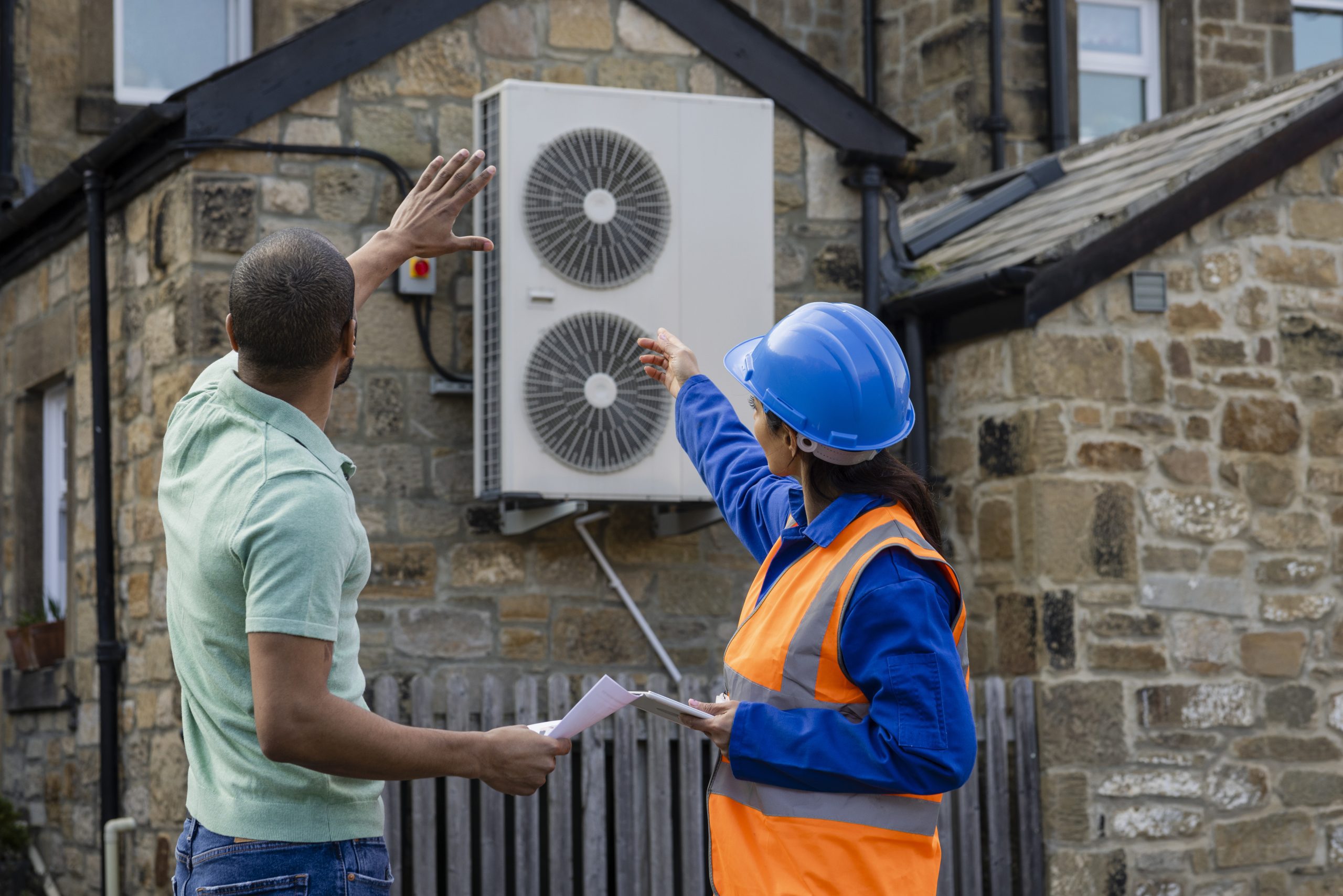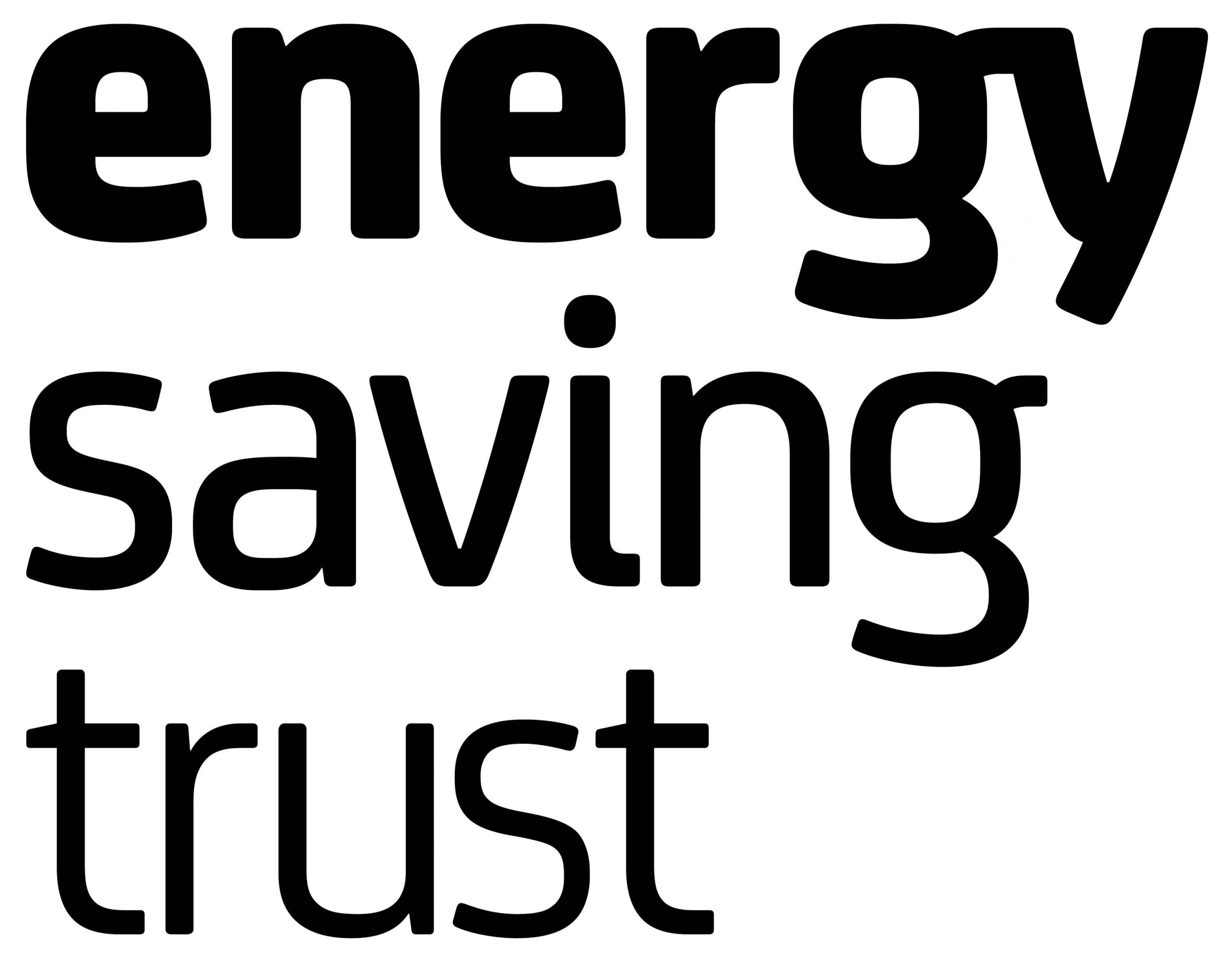Before visiting the house, arm yourself with these four questions to make sure you understand how the current owner feels about their heat pump and their setup:
If you’re one of the 13% of heat pump owners who moved into a house with a heat pump already installed, this is for you.
The fact that we have so many ‘heat pump inheritors’ is a great sign that heat pumps are becoming more commonplace. But for many, there are still many unknowns around heat pumps.
We’re here to help. Here are some things to look out for and questions to ask if you’re viewing a house with a heat pump. And if you’re one of the heat pump inheritors, we take you through some initial checks to get started as a heat pump owner.
Viewing a house that has a heat pump
1. What are the heat pump’s running costs?
Ask the owner if they’re willing to show you their energy bills. Bear in mind this will include all energy use, not just for the heat pump. It’s also worth asking what kind of energy tariff they’re on.
Many heat pumps use a standard tariff. However, people are also using smart time of use tariffs, especially if they also have a battery in the home. Time of use tariffs change the price of electricity depending on the time of day. So, it will impact how you might want to control your heat pump to take advantage of lower prices.
If you want more detailed data, they might be able to show you their energy consumption in kilowatt-hours (kWh) using their heat pump’s app. The app or controller can often provide this as a monthly, weekly or sometimes daily breakdown.
If the heat pump was installed before 2020, the owner may be claiming payments. Ask if they’re getting this and how much the payment is. If you decide to move into the house, you should be able to get payments for the remainder of the eligibility period.
2. What’s the heat pump’s heating pattern?
Ask the owner about what temperature they set the heat pump to, and for what times of day. Bear in mind that your own heating needs may be different, but it’ll give you a feel for how the heat pump is currently being used.
It’s also worth asking the owners if the heat pump gives them the warmth and comfort they expect. When you’re viewing the house, make a note if the heat pump is currently running and how comfortable you feel with the temperature of the house.
3. Does the heat pump have a valid warranty and certification?
Ask to see the warranty and service record of the heat pump, if possible. This will give you an idea of how well maintained it is. Heat pumps should be serviced once a year, or as recommended by the installer.
Check that the heat pump has been registered with the relevant organisation. For example:
District Network Operator (DNO)
This is legal requirement and is usually done by the installer. If the heat pump isn’t registered with the DNO, they could force you to remove it.
MCS Microgeneration Installation Database or TrustMark Data Warehouse
These are quality assurance schemes. Installers and the equipment are usually registered to MCS and it’s a quick way of checking that the heat pump has been installed to quality assured standards.
Ofgem, if they’re claiming Renewable Heat Incentive (RHI) payments
The owner will need to notify Ofgem when they leave the home and the new owner moves in. As the owner of the heat pump you’ll need copies of the MCS certificate and installer commissioning certificate to take over as the recipient of payments.
There’s more information on registering heat pumps on the GOV.UK website.
4. What is the home’s current heating setup?
Find out if the home is heated by:
- radiators
- underfloor heating
- a combination of both
Ask the owner if any part of their heating system needed to be upgraded as part of the heat pump installation. This might include:
- upgrading pipework
- installing underfloor heating
- putting in larger radiators
This will give you a better idea of how the heating system works, which may not be obvious when you visit.
Depending on the setup, it may be the case that the heat pump is able to heat each part of the house differently. Ask the owner how they control and change the heating throughout the house, if at all. It’s likely that the controls are different to what you’re used to, especially if you currently have a gas boiler. Ask the owner for a demonstration of how they use the heat pump.
An important question to ask is whether the home has a hot water cylinder. If not, find out how the home is getting hot water. If the home uses a system that’s separate to the heat pump for hot water, it may impact your overall energy costs.
For more information on how heat pumps work, read out in-depth guide to heat pumps.
If you’d like to chat to a heat pump owner without the pressure of a house sale, use Nesta’s free visit a heat pump service.
If you live in Scotland, use the Green Homes Network to find heat pump owners near you.

Moving into a house with a heat pump
The tips above for ‘viewing a house that has a heat pump’ apply here too, if you’re able to speak to the previous owner.
We also recommend the following checks:
- Ask for all instructions and service documents
- Ask for a demonstration
- Ask about the anti-legionella cycle
- Think about how you heat your home
- Research tariff options
- Check if you’re eligible for RHI payments
Ask for all instructions and service documents
This is especially important as you’re finding your way around the heat pump and how to use it. Having the official documentation will make any troubleshooting a lot easier.
Also, get the contact details for the installer, especially if the heat pump is still covered by any after-care support.
Ask for a demonstration
See if the previous owner or landlord can show you how the heat pump works and how to operate it. Ask for recommendations on what they think a suitable heating pattern is. You may need to change this to suit your needs, but at least you have a starting point.
Ask about the anti-legionella cycle
Heat pumps aren’t usually designed to supply very hot water all the time, but to reduce the risk of legionella bacteria in the hot water cylinder, it may run at a higher temperature from time to time.
Check that this has been set and get advice from the manufacturer or installer if you’re not sure.
Think about how you heat your home
Heat pumps work best when running longer at a lower temperature. If you’re used to a gas or oil central heating system, you may need to adapt your heating pattern to account for this. For more information, read our blog on how to make your heat pump run efficiently.
Research tariff options
It’s always worth exploring your energy tariff options when you move into a new house. This is especially important if you move into a house with a heat pump, as there could be tariffs that are better suited to your particular energy usage.
For more information, see our advice on switching energy providers.
Check if you’re eligible for RHI payments
You might be able to get RHI payments as the new owner of the heat pump for the rest of the eligibility period.
If the previous owner was getting RHI payments for the heat pump, make sure they inform Ofgem that there’s a change of ownership.
Then, you need to confirm with Ofgem that you’re the new owner within 12 months of the date of sale.
You’ll need to provide Ofgem with:
- the original MCS certificate number for the heat pump
- the Energy Performance Certificate (EPC) number
You’ll also need to provide documents proving that you’re the new owner of the house. For more information, visit Ofgem.
Read our heat pump case studies
If you want to know more about what it’s like to live with a heat pump, take a look at our heat pump case studies.
 Case study
Case study
Fiona Appleton: replacing an oil boiler with a heat pump
Fiona is making her rural home more sustainable by removing an oil heating system and installing an air source heat pump. Case studyGwilym: installing a ground source heat pump in an old home
Gwilym and his family set about making their heritage home more sustainable by installing insulation, solar panels and a ground source heat pump. Case study
Case study
Stephen, Dina and Layla’s air source heat pump
“I am proud that my two-year-old daughter knows what a heat pump is.”Your top five tips for saving energy during colder weather
We asked, you answered. Here are your top tips for saving energy during colder weather, from optimising your radiators to air drying…
How community energy can help deliver affordable power
Community energy organisations are finding ways to translate their clean power into lower energy bills. Let's look at some examples.
Heat pump installation: a step-by-step guide
Heat pumps are an effective way to heat your home that could save you money on your energy bills and reduce your…